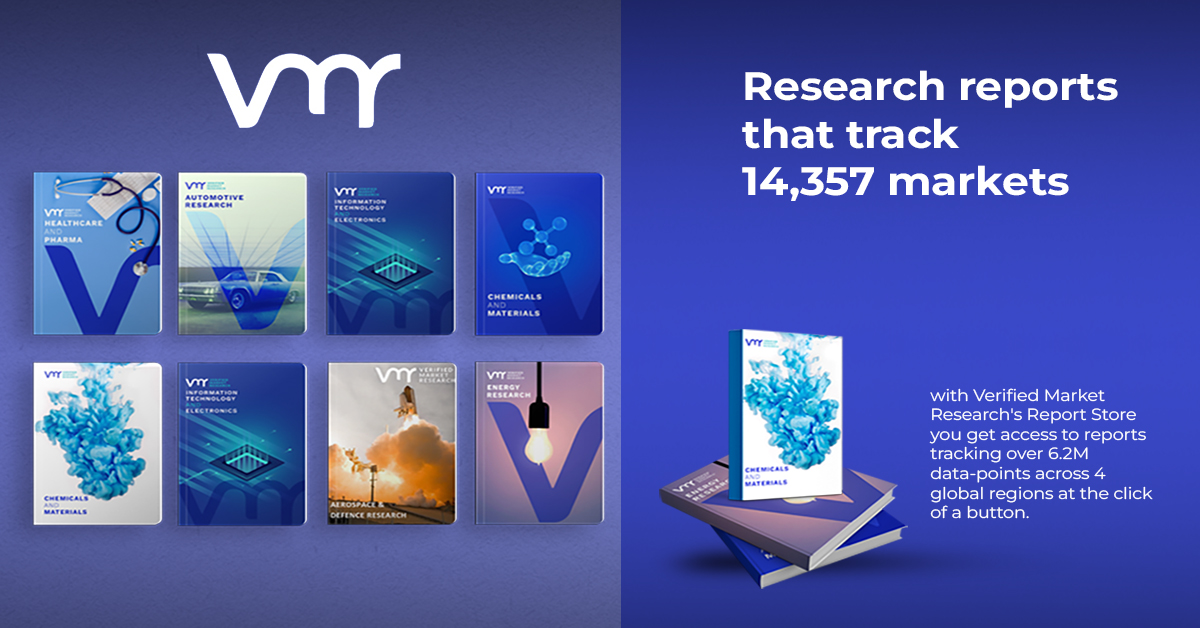Navigating the Diphenylamine Market: Key Developments and Trends in 2024
As industries evolve and environmental regulations tighten, the diphenylamine market has witnessed significant changes. This compound, primarily known for its role as an antioxidant in rubber and as a stabilizer in agricultural chemicals, is currently at the crossroads of innovation and regulation. In this article, we delve into the latest trends, challenges, and opportunities within the diphenylamine market, highlighting key developments and providing a comprehensive overview of where this sector is headed.
Understanding Diphenylamine: A Brief Overview
Diphenylamine (DPA) is an organic compound with the chemical formula C12H11N. It’s primarily utilized in:
- Rubber Production: Acts as an antioxidant, preventing degradation and extending the life of rubber products.
- Agriculture: Functions as a stabilizer in pesticides and other agricultural chemicals.
- Dyes and Pigments: Serves as a precursor in the synthesis of various dyes.
Despite its useful properties, DPA has raised health and environmental concerns, prompting increased scrutiny from regulatory bodies worldwide.
Key Developments in the Diphenylamine Market
1. Regulatory Changes and Environmental Concerns
One of the most significant developments in the diphenylamine market is the tightening of regulations around its use. Regulatory agencies, such as the U.S. Environmental Protection Agency (EPA) and the European Chemicals Agency (ECHA), have initiated reviews of DPA due to its potential health risks, including carcinogenicity.
Impacts of Regulation
- Market Shift: As companies adapt to new regulations, there is a shift toward finding safer alternatives to DPA. This creates opportunities for innovation in chemical formulations.
- Cost Implications: Compliance with regulations can lead to increased costs for manufacturers, which may be passed on to consumers.
2. Innovation in Alternatives
With regulatory pressures mounting, research and development in alternative compounds are on the rise. Several companies are investing in R&D to create safer, more environmentally friendly alternatives to diphenylamine.
Notable Alternatives
- Natural Antioxidants: Compounds derived from plants, such as tocopherols and ascorbic acid, are being explored.
- Synthetic Alternatives: New synthetic formulations that mimic the properties of DPA without its associated risks are under development.
3. Market Dynamics and Demand Fluctuations
The demand for diphenylamine is heavily influenced by global market trends, particularly in rubber and agriculture. In recent years, the demand for tires and other rubber products has been on the rise, primarily driven by:
- Growing Automotive Industry: Increased vehicle production globally has led to a surge in rubber consumption.
- Agricultural Expansion: The need for effective agricultural chemicals is rising to meet food production demands.
4. Geographic Trends in the Diphenylamine Market
The diphenylamine market is not uniform; it varies significantly across regions:
- North America: Strong regulations are pushing manufacturers to explore alternatives, but demand remains robust due to automotive and agricultural sectors.
- Europe: The EU’s stringent environmental policies are reshaping the market landscape, leading to an increased focus on sustainable practices.
- Asia-Pacific: Rapid industrialization and urbanization are driving demand, especially in countries like China and India.
5. Economic Factors Influencing the Market
Economic conditions play a critical role in the diphenylamine market:
- Commodity Prices: Fluctuations in raw material prices can affect production costs and market pricing for DPA.
- Trade Policies: Tariffs and trade agreements impact the supply chain dynamics, influencing availability and pricing.
Challenges Facing the Diphenylamine Market
1. Health and Safety Concerns
The primary challenge for the diphenylamine market is its potential health risks. The classification of DPA as a possible carcinogen has led to increased scrutiny from health organizations and consumers alike.
2. Competition from Alternatives
As companies innovate and develop safer alternatives, the competition for diphenylamine will intensify. Manufacturers must adapt to changing consumer preferences and regulatory landscapes to maintain market share.
3. Environmental Sustainability
The growing emphasis on sustainability is reshaping the market. Companies are under pressure to adopt greener practices, which may involve transitioning away from traditional chemical processes.
Opportunities in the Diphenylamine Market
Despite the challenges, there are numerous opportunities within the diphenylamine market:
1. Investment in Research and Development
Investing in R&D to create safer, more efficient compounds can position companies as leaders in the market. Innovation in product formulation is key to staying relevant.
2. Expansion into Emerging Markets
With rising demand in emerging markets, particularly in Asia, companies can explore new business avenues. The increasing industrialization and urbanization in these regions present a lucrative opportunity.
3. Strategic Partnerships
Forming strategic alliances with research institutions or other companies can accelerate innovation and market penetration. Collaborations can also enhance compliance with regulations.
Future Outlook for the Diphenylamine Market
As we look ahead, the diphenylamine market is likely to undergo significant transformations. Key trends to watch include:
- Increased Regulation: Continued scrutiny will drive innovation and adaptation within the industry.
- Sustainability Focus: Companies that prioritize sustainable practices and products will likely lead the market.
- Technological Advancements: The integration of advanced technologies in production processes can improve efficiency and reduce environmental impact.
The diphenylamine market stands at a pivotal point, shaped by regulatory changes, innovation in alternatives, and evolving consumer demands. While challenges persist, the opportunities for growth and development are significant. Companies that embrace change, prioritize sustainability, and invest in research will be well-positioned to thrive in this dynamic landscape.
As we navigate these developments, staying informed and adaptable will be key for stakeholders in the diphenylamine market. The future promises to be both challenging and rewarding for those willing to innovate and evolve.










